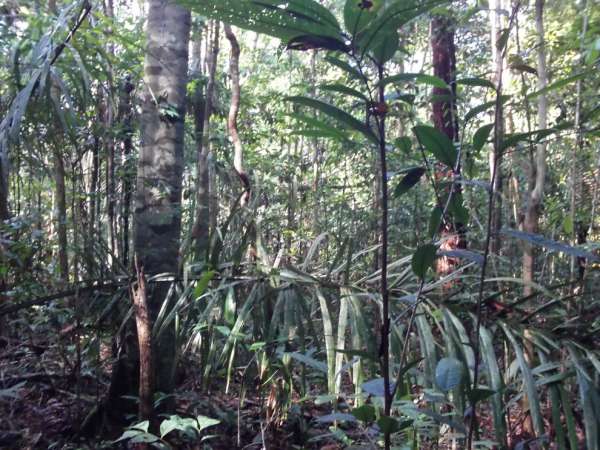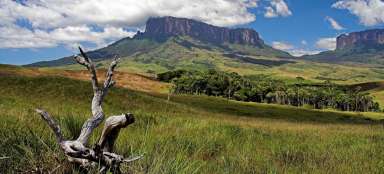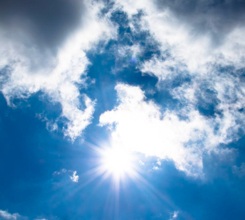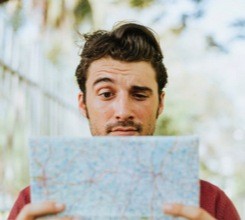Magazine Unplanned situations
What about traveler's diarrhea
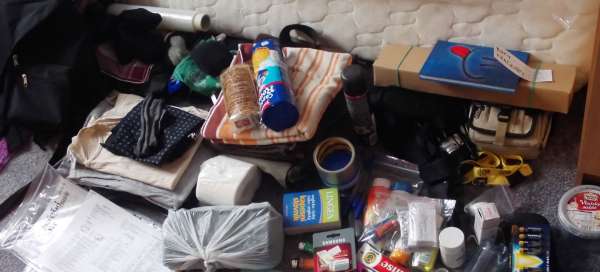
Traveling brings not only beautiful experiences associated with beautiful scenery, interesting culture and the joy of learning, but can also bring many unexpected situations that can make the travel experience a nightmare. Whether it's a loss of orientation, a loss of equipment, or an accident. Let's show you some basic practices about what to do when something like this happens to us …
Travel equipment
Tanzania's smallest national park
One of the basic things to deal with unplanned situations is prevention and preparedness. We know well where we are going and what will probably await us there (weather, drought, high altitude, low temperatures, etc.) and what our plans are there. Leaving aside vaccination, equipment and proper planning, we should also not forget the unplanned situations that may arise. In these situations, we do not need expensive equipment, but rather logic and improvisation. It's good not to have all your things packed in one backpack, but to always have a few things with you. When you lose your backpack, you can be left with at least a few things that may come in handy. ** KNIFE **: You can always have it attached to your belt or carry a folding knife in your pocket. An essential tool with which you can make a lot of useful things. No matter which knife it is, you will find out its possibilities of use according to the properties of the knife. ** LIGHTER, SIRKY, WINGER **: It's always good to have a source of fire with you. This will make the work of setting it up much easier. It is always advisable to consider in which area we will move. The lighter stops working in negative degrees, wet or wet matches are also useless. For me personally, the flintlock proved to be the most effective, where when used correctly, it can be used anywhere. The basis is only a dry stream, which is not always available. The solution is a women's tampon, which also has other uses such as the treatment of bleeding wounds or water filtration. So what do we do when we get into such a situation? First of all, we will remain calm and not panic and despair. „Nothing is as hot as it is cooked.“ We will find out our possibilities and the situation in which we find ourselves. Can I go on or am I injured and waiting for help? Will anyone be looking for me, or does anyone know I'm here? What equipment do I have available? Am I in any danger? If we lose our orientation, we should rather go to the valley and walk along the rivers. Most civilizations live by rivers and in the areas below. This makes you more likely to come across a home. Another thing we should secure is a signal for help. Whether it's smoke signals, signs on the ground or attracting attention with reflective elements, we should be seen anyway. In the dense jungle under the treetops or under the rock overhang, hardly anyone can see us. In an emergency situation we are most threatened by the following 3 factors: – Lack of heat (causes hypothermia and death within a few hours, in higher areas within a few minutes) – Lack of fluids (subsequent dehydration causes death within a few days, about 3–4 days) – Lack of food (causes death within a few weeks, about 3–4 weeks) Therefore, it is good to keep these 3 factors in mind. In the following articles, we will gradually discuss starting a fire, finding water, and finding food.
Knife, the basic tool of survival
Using a knife, we prepare the wood for the fire, build a shelter, make traps or cut the catch

Wooden spoon
Even in this way, a knife and a piece of wood can be used.
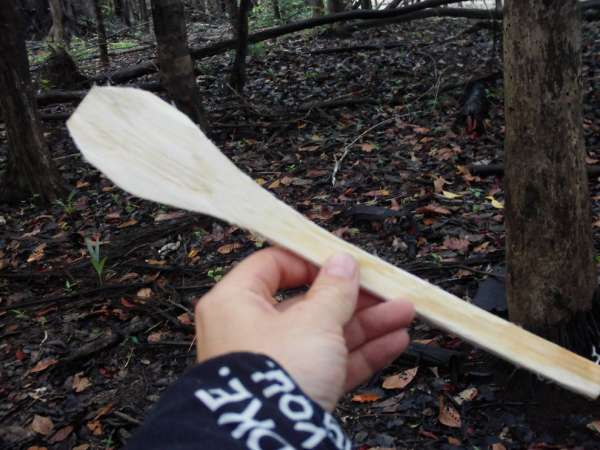
Armadillo
Catching food and starting a fire in the Amazon jungle is sometimes really a chore
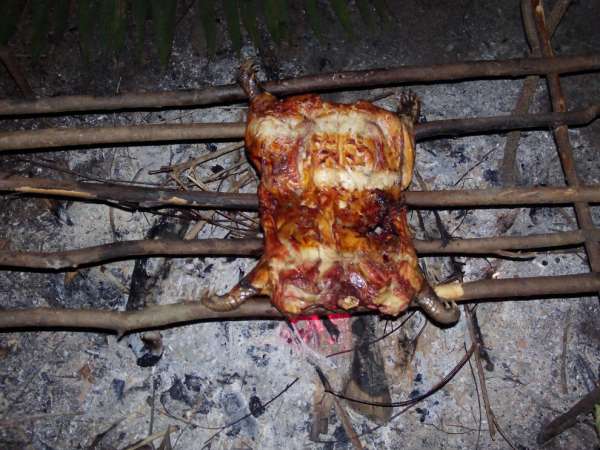
Amazon jungle
Loss of orientation is sometimes absolutely no problem …
